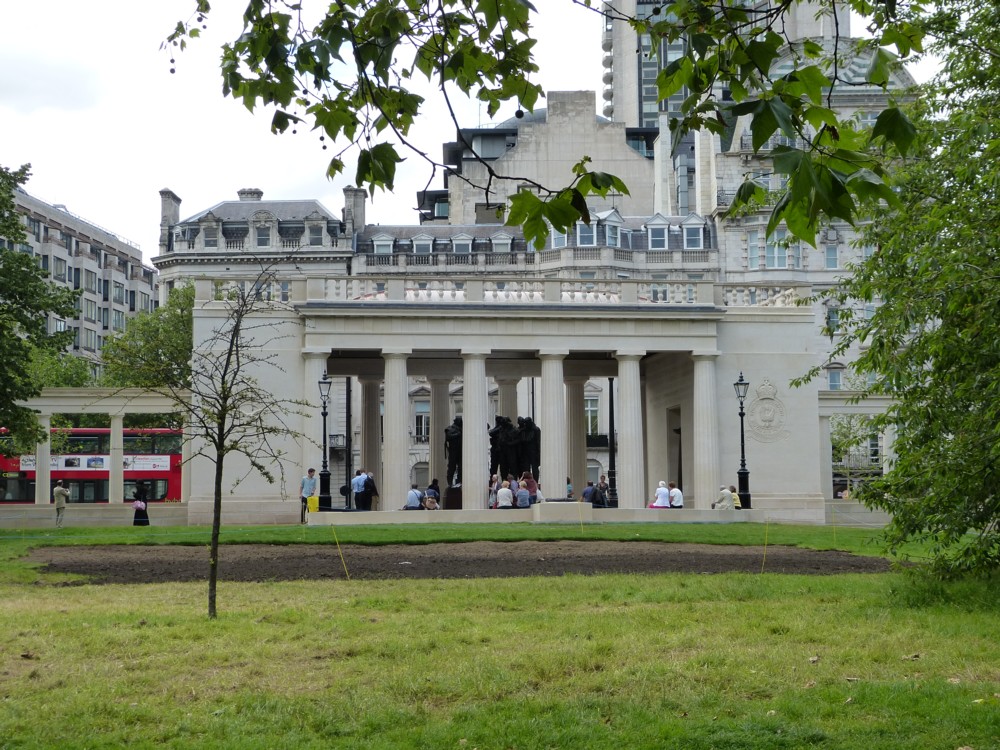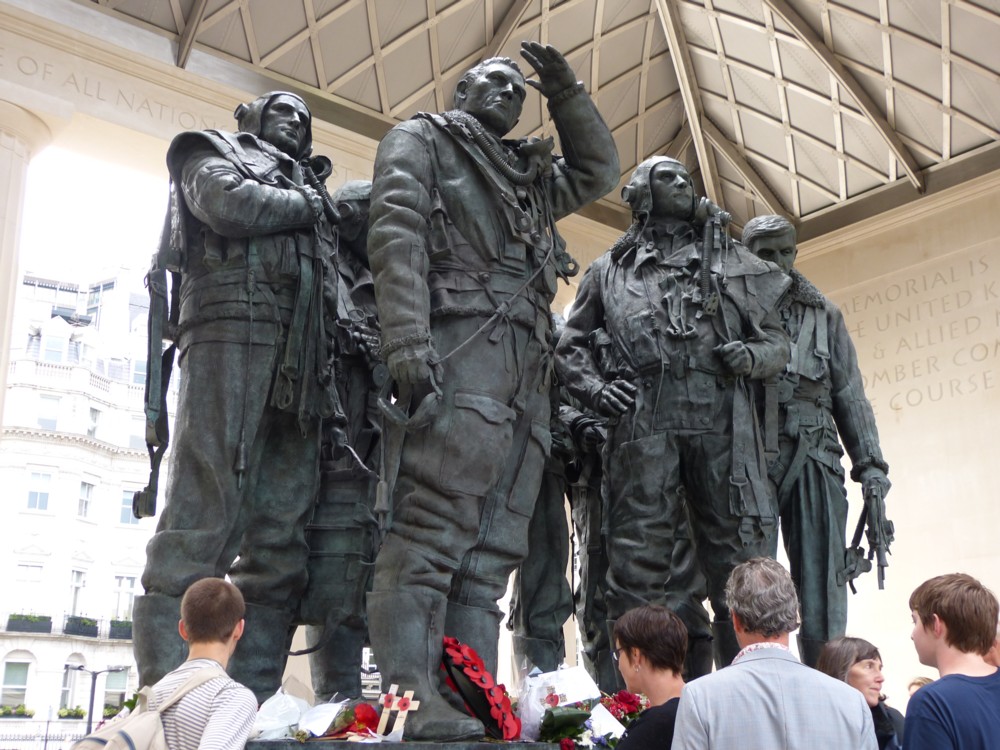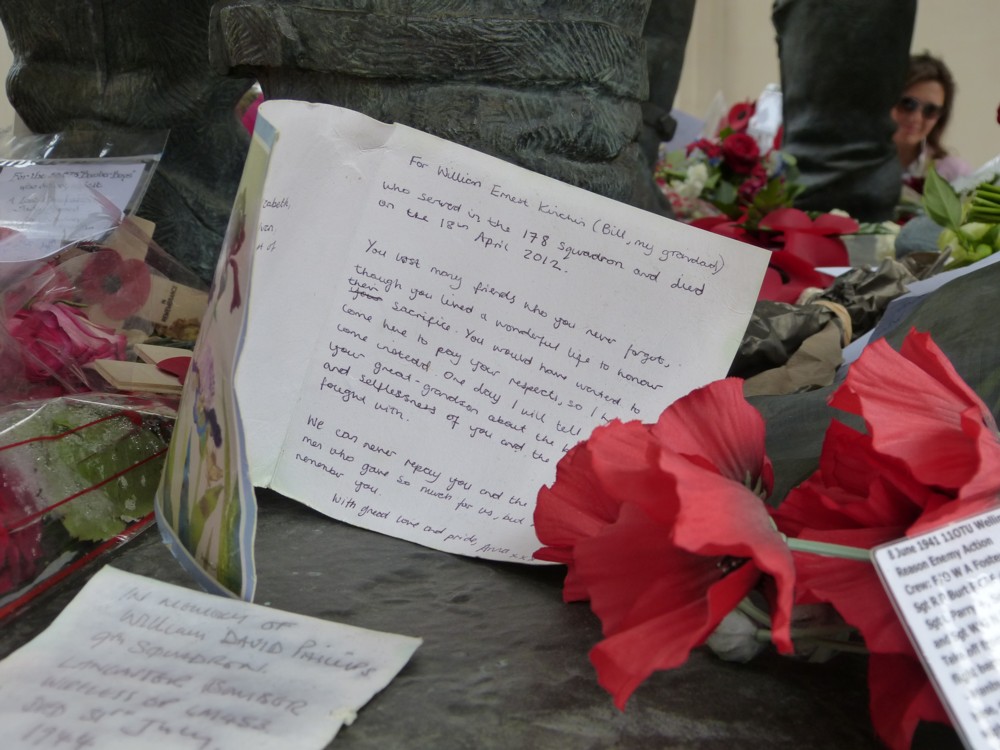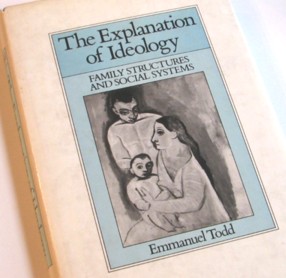I now want to quote Todd himself. Below are a couple of chunks from the introduction, entitled “democracy and anthropology”, to The Explanation of Ideology, translated into English by David Garrioch.
First, the first few pages of that introduction (pp. 1-6 in my 1985 Blackwell hardback edition):
No theory has so far succeeded in explaining the distribution of political ideologies, systems and forces on our planet. No one knows why certain regions of the world are dominated by liberal doctrines, others by social democracy or Catholicism, by Islam or by the Indian caste system, and others again by concepts which defy classification or description, like Buddhist socialism.
No one knows why communism has triumphed after a revolutionary struggle in Russia, China and Yugoslavia, in Vietnam and Cuba. No one knows why in other places it has failed – sometimes honourably, for in certain countries it plays an important although not dominant role in political life. In France, Italy, Finland and Portugal, in Chile before the coup in 1974, in the Sudan before the elimination of the communists by the army in 1971, and in certain Indian states such as West Bengal or Kerala, communism has a stable electoral position and traditionally enjoys the interest and support of many intellectuals.
In some areas of the world communism has made a brief but conspicuous appearance. In Indonesia it once seemed set for a brilliant future but evaporated after a military take-over and a brutal massacre. In Cambodia, a near neighbour in global terms, its performance was still more striking, rapidly developing to such murderous intensity that it destroyed itself within a very few years. One suspects, however, that these last two examples, spectacular in their power and instability, are not representative of conventional types of communism.
Elsewhere we find that Marxist-Leninist organization, while not entirely absent, is very weak and of almost no political importance: for example, in Japan, Sweden, Germany, Spain and Greece. Throughout much of the world the conquering and would-be universal ideology of the twentieth century has no real influence and is represented only by tiny fringe groups. Communism, which in Russia and China has produced Titans, in the Arab world has given birth to no more than a few martyrs and in the English-speaking world to a number of eccentrics. In most of Latin America – if we exclude Cuba and Chile – in Africa, Thailand, Burma and the Philippines, Marxist-Leninist influence is insignificant.
The history of communism is similar to that of other universal creeds: Buddhism, Christianity, Islam. It has proved rapidly successful in certain societies with which it has a mysterious affinity, only to be stopped after this initial expansion by barriers which remain invisible.
The failure of political science
A simple enumeration, worthy of lonesco, of the regions and countries where communism is strong illustrates the failure of a political science at present largely dominated by utilitarian and materialist ideas. Liberals and Marxists alike now agree on the importance of economic factors in history: the public or private nature of the means of production and exchange, the level of industrial development, the efficiency of agriculture, the numerical importance of different socio-professional groups. But could one hope to find any economic characteristic which was shared by all the regions where Marxism-Leninism is strong: by Finland and Kerala, Vietnam and Cuba, Tuscany and the Chilean province or Arauco, Limousin and West Bengal, Serbia and southern Portugal, or even for that matter by Russia and China before their revolutions?
On the eve of 1917, Russia was overwhelmingly rural but had sufficient agricultural surplus and enough mineral resources to finance rapid industrial growth. China in the first half of the twentieth century was even more strongly rural, but would have had the greatest difficulty in producing any agricultural surplus at all. Even in good years she could hardly feed her population. So sparse was her industrial development that even the most hard-line Marxist would not dare to accord responsibility for the 1949 Revolution to the proletariat of the Celestial Empire. From a Marxist point of view, the China of 1949 differed from the Russia of 1917 in one vital respect: the peasants had a much clearer idea of private property than did their Russian counterparts, among whom a sort of agrarian communism, the periodical redistribution of land according to family size, was widely practised. But this difference does not really help explain these events because it invalidates the most convincing of the ‘economic’ interpretations of communism: that which portrays it as a more modern industrial version of a traditional agricultural system.
For we find Russia and China, entirely different countries, from an economic point of view, plunging with similar enthusiasm into the same political adventure only thirty years apart and with surprisingly similar results. They shared, to begin with, a single characteristic – their rural economy – which explains nothing: in 1848 when Marx called on the workers of the world to break their chains, 95 per cent of the inhabitants of the world were peasants. Ireland, Sweden, Greece, Japan, Thailand, Turkey, Mexico, all nations where communism was to remain weak, were no more developed industrially than Russia or China. The one major exception was Britain, whose working class was to remain impermeable to communist ideology for 200 years.
Theories of class struggle explain nothing. Some working classes are attracted by Marxism-Leninism and others are not. The same applies to the rural population which in some countries is open to communism, in others not. Even normally conservative bourgeois intellectuals in many countries betray the most elementary rules of class warfare and allow themselves to be seduced by Bolshevism.
Social democracy, Islam, Hinduism, and the rest
As the most crucial ideology of the twentieth century, communism has been widely studied. Traditional political science, although unable to explain its appearance in a particular country, has nevertheless managed to give a good description of it, one which also serves to define, negatively but with equal precision, its economic and political antithesis and its world-wide enemy, Anglo-Saxon liberalism. The characteristics of communism are therefore absence of elementary political, religious and economic freedoms; egalitarian subjection of the individual to the state; and a single permanent ruling party. The features of liberalism, on the other hand, are seen to be free exercise of political, economic and religious rights by the individual; abhorrence of the state, which is perceived as an administrative necessity but also as a threat; and rapid changes of the party in power as a result of the workings of an electoral system.
Anything beyond these two poles is heresy. Yet the nations which subscribe to one or other of these ideologies, to liberalism or to communism, account for only 40 per cent of the world’s population. The remaining 60 per cent have not received nearly the same attention from political scientists, and are considered conceptually irrelevant. Their ideologies and political systems are at best treated as imperfect forms, somewhere in between communism and liberalism according to the degree of economic, religious or political authoritarianism. At worst, they appear to social scientists as legal or religious monstrosities, aberrations of the human imagination that cannot be registered on the scale dictated by European political conventions whose linear structure is like a thermometer, capable of measuring only hot or cold, the degree of liberty or of totalitarianism.
Putting together all these misfits, all the ideologies which are neither ‘communist’ nor ‘liberal’, gives another of those comical lists which political science is capable of producing: social democracy, libertarian socialism, Christian democracy, Latin-American, Thai or Indonesian military regimes, the Buddhist socialism of Burma or of Sri Lanka, Japanese parliamentarianism, technically perfect but with the sole flaw of never changing its ruling party, Islamic fundamentalism and socialism, Ethiopian militarist Marxism, and the Indian regime which combines parliamentary and caste systems and whose 700 million subjects have in one swoop been disqualified by ‘modern’ political science.
Social science has found a justification for refusing to fit these exotic systems and ways of thinking into its conceptual framework: is it reasonable to hope to understand them when the principal mystery, that of the liberal/communist conflict, has yet to be resolved? But this argument is easily refuted: it is precisely because of the refusal to look on all political forms – whether European or not – as normal and theoretically significant that communism has never been fully understood, and nor, as a direct result, has its liberal ‘antithesis’.
Furthermore, if we move from a politico-economic definition of ideological systems to a religious one, the opposite of communism is no longer liberalism but the whole group of doctrines which proclaim the existence of a spiritual realm. For communism alone declares that God does not exist and is prepared to impose this belief on humanity. Here the liberal, pluralist systems, tolerant or agnostic on religious questions, are out of the picture. They cannot provide a conceptual framework for the increasingly violent conflict between communism and Islam in Afghanistan, or between communism and the Catholic church in Poland.
Is it, then, too much to allow that the range of political and religious ideologies spread around the world does not divide into two camps, but forms a system with many poles, and that all these poles – communist, liberal, Catholic, social democratic, Hindu, Islamic, Buddhist – are equally normal, legitimate and worthy of analysis?
A satisfactory explanation of communism must also provide the key to other world-wide ideologies. The situation is precisely that which is encountered in the natural sciences: one cannot partly understand the principle of the attractive force of matter, that of the circulation of the blood or of the classification of the elements in chemistry. To take the whole world as the field of study, therefore, is simply to apply to social science the minimum of intellectual rigour which the natural sciences take for granted. Any hypothesis must take all the forms observed into account.
And now here is the conclusion of this same introduction (pp. 16-18):
General methodology
The oppositions ideology/anthropology and social relations/human relations are particularly useful outside Europe when attempting to trace the origins of religious ideological systems. They are indispensable if one is accurately to describe ideologies which are based on ideas about family ties.
The Indian caste system is a family ideology which places each individual in an abstract and impersonal social network, the caste (or to be more precise the sub-caste), which is defined by ties of descent outside which he or she cannot marry. But the sub-caste is composed largely of people who do not know each other and who live in different places. Beneath this intellectual edifice can be seen a particular family structure, a model of interpersonal relations which produces the concept of and the need for social segregation. These two levels – social and human, ideological and familial – must be clearly distinguished if the caste system is to be placed with any precision among the various political and religious ideologies – communism, Islam, social democracy, the various forms of Christianity – which likewise define social relations between people who do not know each other directly.
A universal hypothesis is possible: the ideological system is everywhere the intellectual embodiment of family structure, a transposition into social relations of the fundamental values which govern elementary human relations: liberty or equality, and their opposites, are examples. One ideological category and only one, corresponds to each family type.
Ignoring all the accepted procedures of present-day social science and at the risk of being branded a positivist, I am going to test this theory and prove it in the same way as in any exact science: by exhaustively comparing the hypothesis and the evidence, that is by a complete examination of the familial and ideological systems experienced by the settled human groups which make up at least 95 per cent of the population of the planet. Testing the theory involves two steps.
First, a general typology of family structure must be devised. It must be both logically exhaustive, starting from first principles and setting out all the possible family structures; and empirically exhaustive, that is to say taking into account and describing all the family forms which are actually observable on the surface of the planet.
Second, it must be shown that to each family form described there corresponds one and only one ideological system and that this ideological system is not to be found in areas of the world which are dominated by other family forms (in mathematical terms one would speak of a bijective relationship between family types and political types).
A further requirement is that secondary variations in family structure within each anthropological type must correspond to secondary variations in the political or religious forms within the corresponding ideological type.
And then, to his own complete satisfaction at least, Todd proceeds to prove all that.

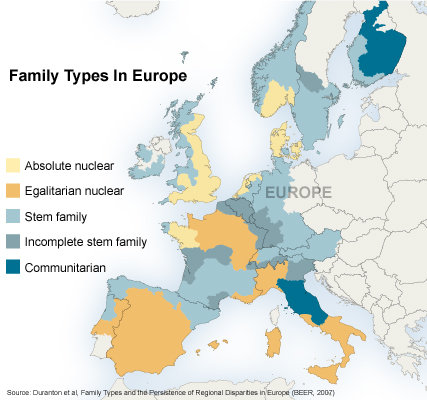






 One of the about seventy seven signs of aging is definitely being more sensitive to the weather, and in particular the cold. I remember feeling this way as a small child, when first compelled to travel every morning to school. Now, I feel it again. I actually “caught a chill” earlier this week, and had to take to my bed for a whole day.
One of the about seventy seven signs of aging is definitely being more sensitive to the weather, and in particular the cold. I remember feeling this way as a small child, when first compelled to travel every morning to school. Now, I feel it again. I actually “caught a chill” earlier this week, and had to take to my bed for a whole day.